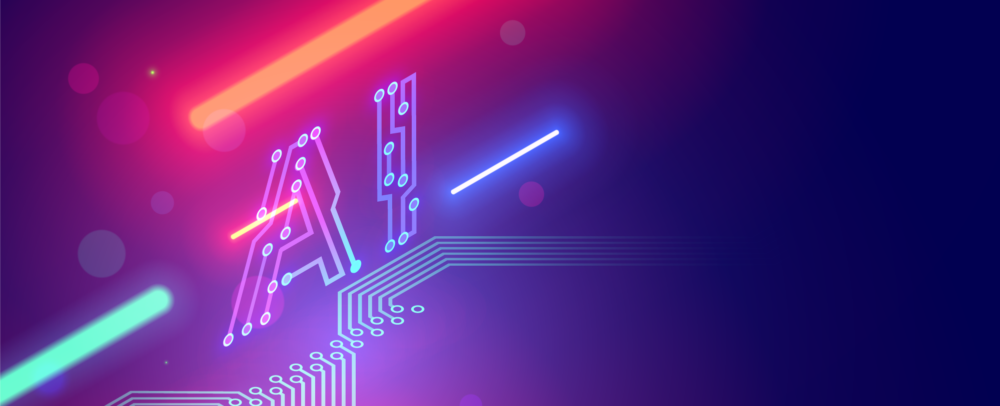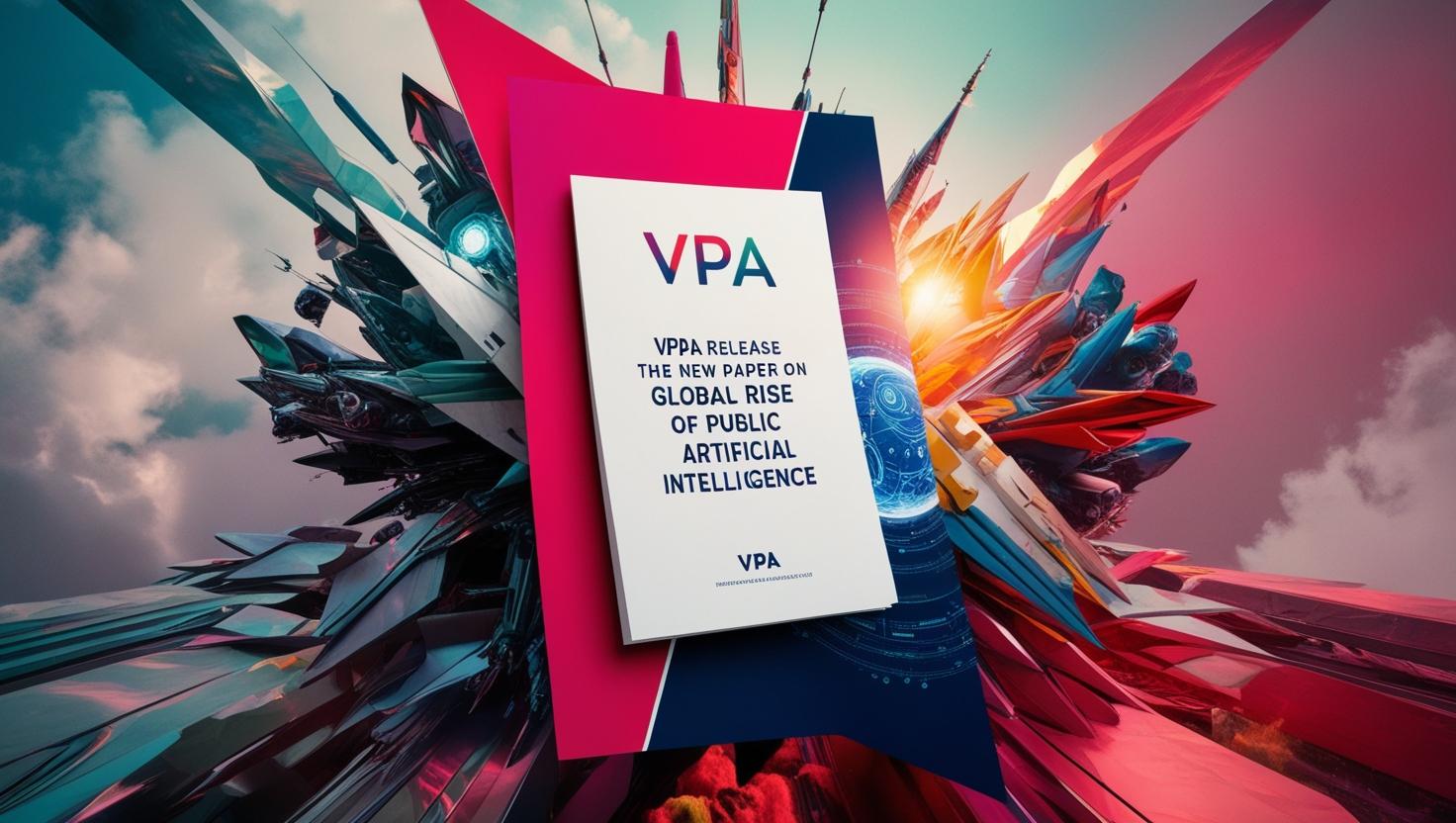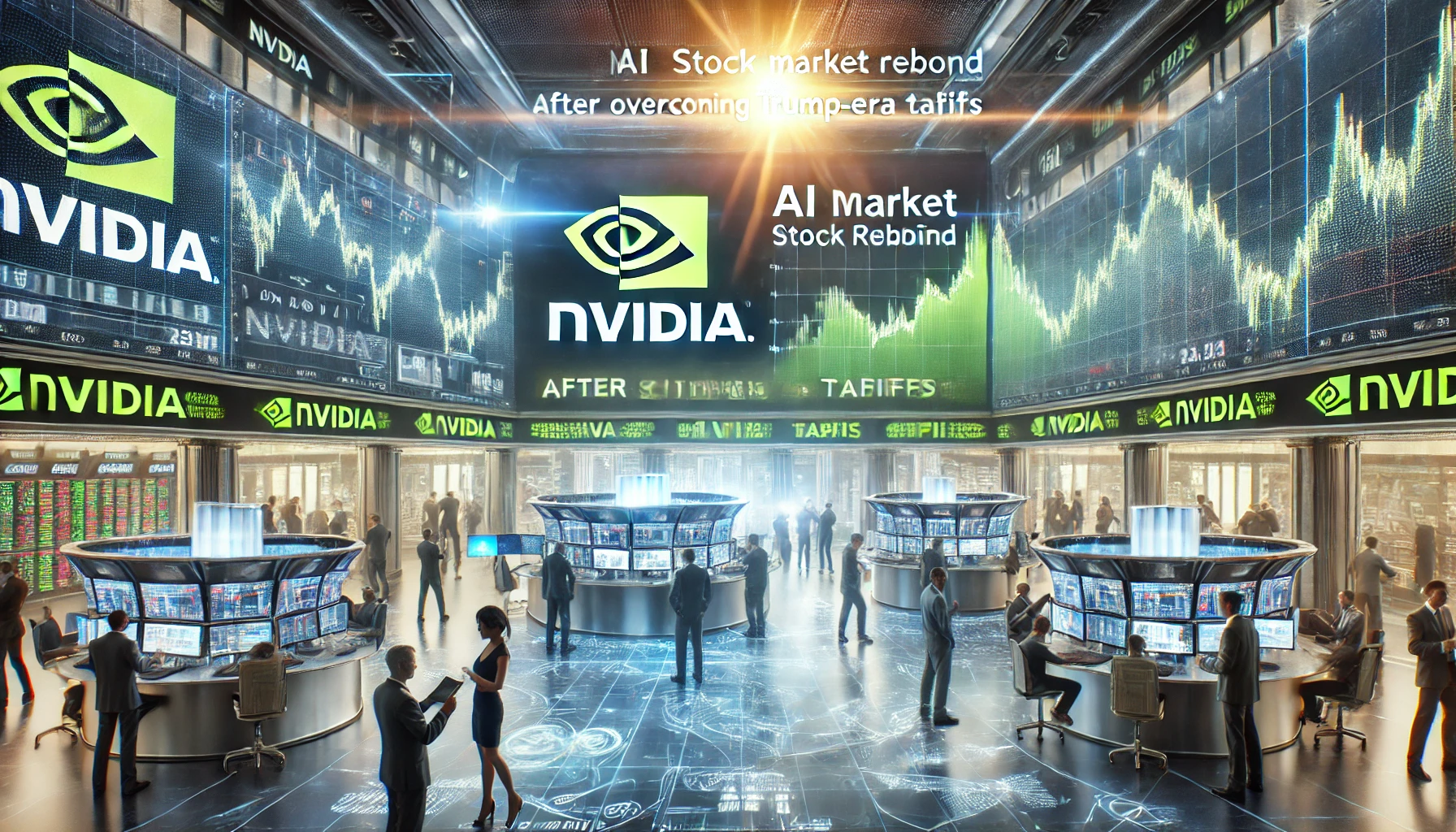For individuals like Louise Plunkett from Norwich, living with vision loss has long been a daily challenge. Diagnosed with Stargardt disease, a rare genetic condition causing progressive vision loss, Louise has often faced obstacles in performing everyday tasks. However, a new AI-driven assistant called Be My AI is transforming her life, making the world more accessible and navigable.
AI as a Game-Changer for Accessibility
“AI has revolutionized my daily life,” says Louise. The Be My AI app, powered by OpenAI’s ChatGPT, provides detailed descriptions of images by processing and narrating them in real time. For Louise, this means she can interpret the visual world—reading menus, understanding photographs, or even navigating unfamiliar environments—through the assistance of AI.
The app works by allowing users to upload pictures, which the AI then analyzes to generate precise and contextual descriptions. These are read aloud, enabling visually impaired individuals to “see” through words.
What Makes Be My AI Unique?
The app combines the power of computer vision with advanced natural language processing to deliver a seamless and human-like interaction. Unlike traditional tools that rely solely on basic object recognition, Be My AI focuses on context and detail. For example:
- It can describe the layout of a room, noting furniture placement or decor.
- It interprets facial expressions in a group photo, adding a layer of social insight.
- It reads and explains text found in images, such as signs or documents.
This level of detail gives visually impaired users not just information but also independence.
Louise’s Experience
For Louise, the app isn’t just a convenience—it’s a lifeline. She now uses it to navigate her world more confidently, handle social situations, and stay informed about her surroundings. “It impacts everything I do,” she explains, emphasizing how Be My AI bridges the gap between her condition and full participation in daily life.
The Future of AI in Accessibility
As AI technologies evolve, tools like Be My AI could revolutionize accessibility for millions worldwide. Developers are already exploring features such as real-time assistance for live video streams, personalized AI companions, and integration with wearable devices.
While challenges like affordability and accessibility to such tools remain, the progress so far highlights AI’s potential to create a more inclusive world.




